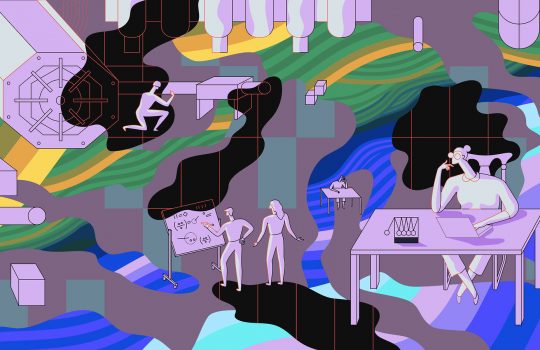What gravitational waves can say about dark matter
Scientists think that, under some circumstances, dark matter could generate powerful enough gravitational waves for equipment like LIGO to detect. Now that observatories have begun to record gravitational waves on a regular basis, scientists are discussing how dark matter—only known so far to interact with other matter only through gravity—might create these gravitational waves.




